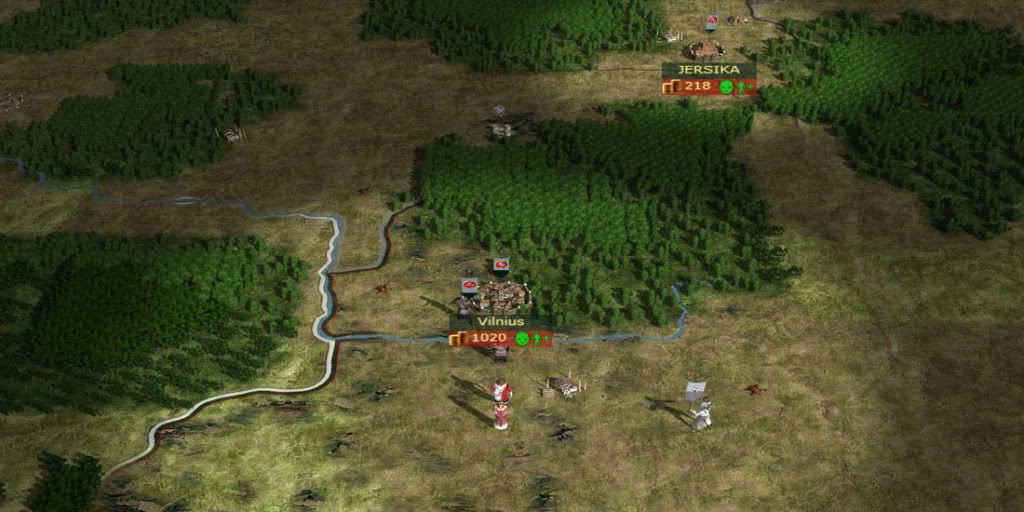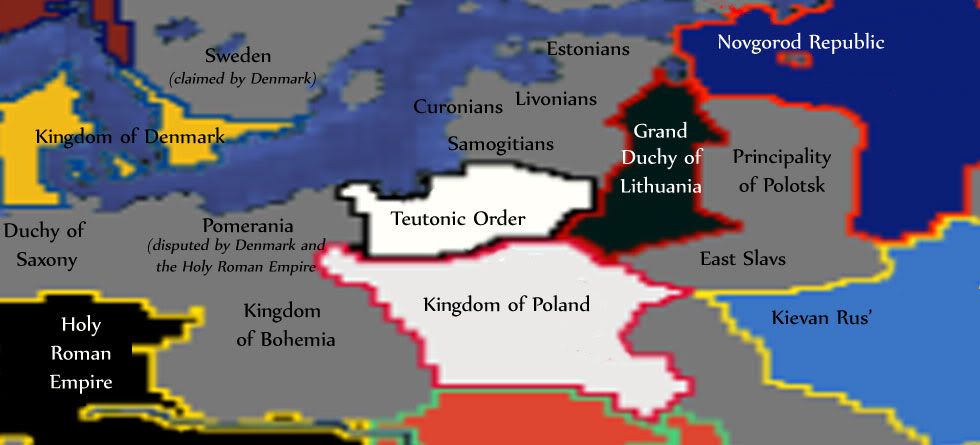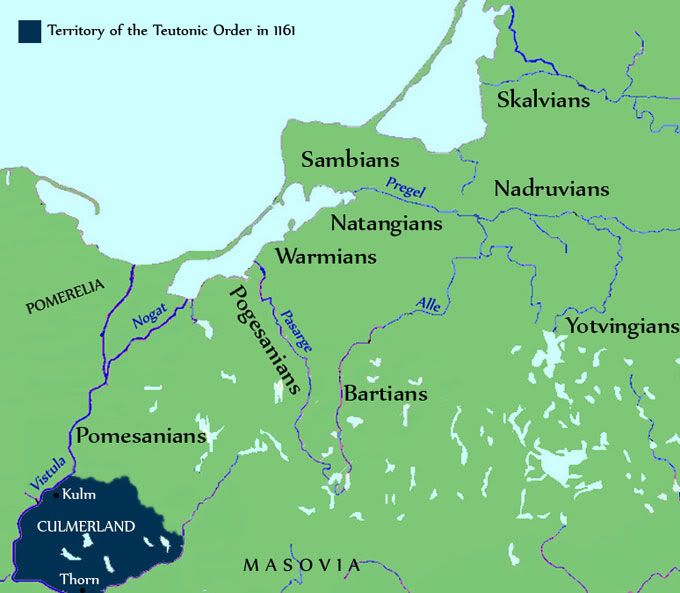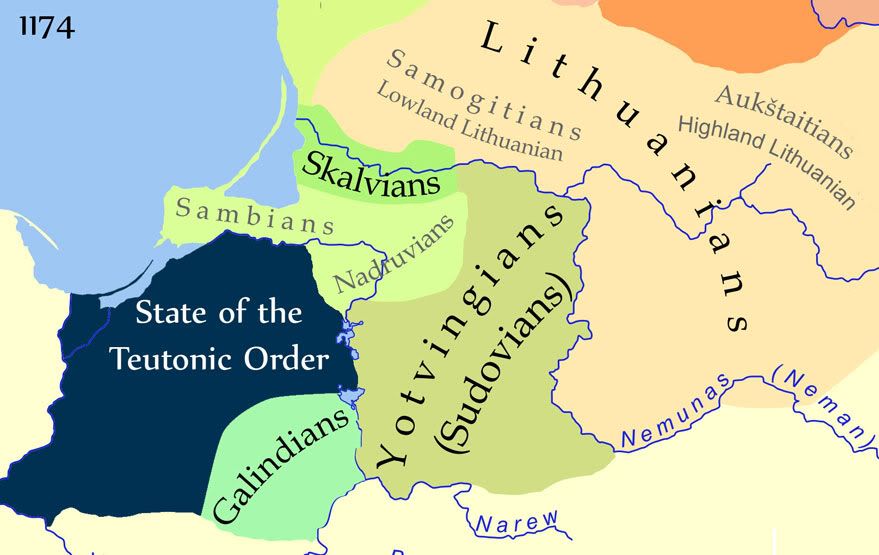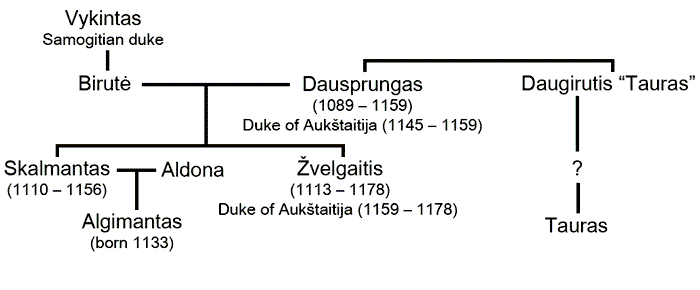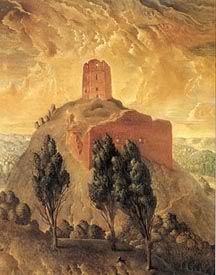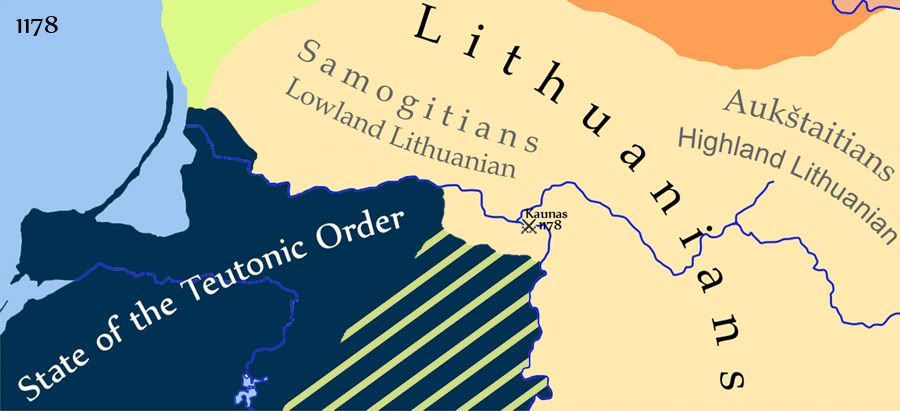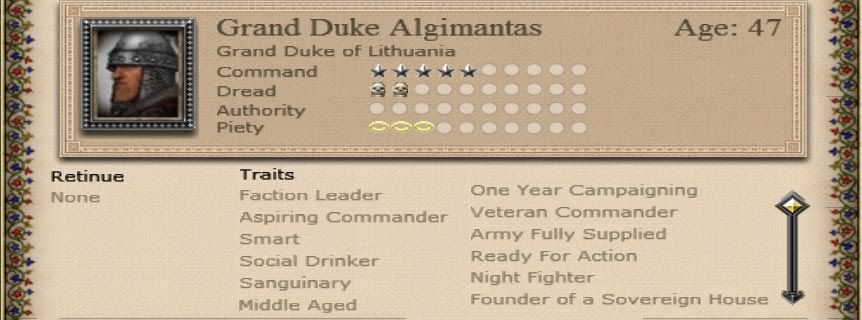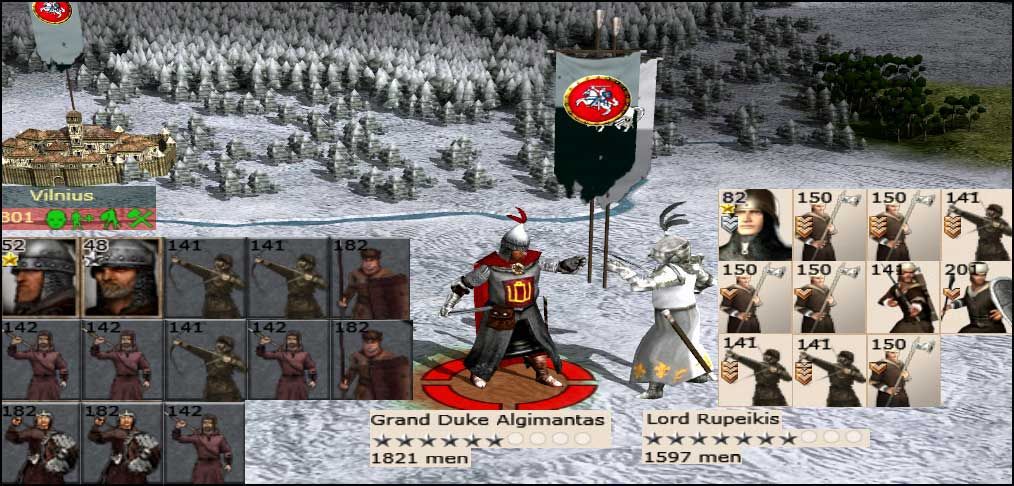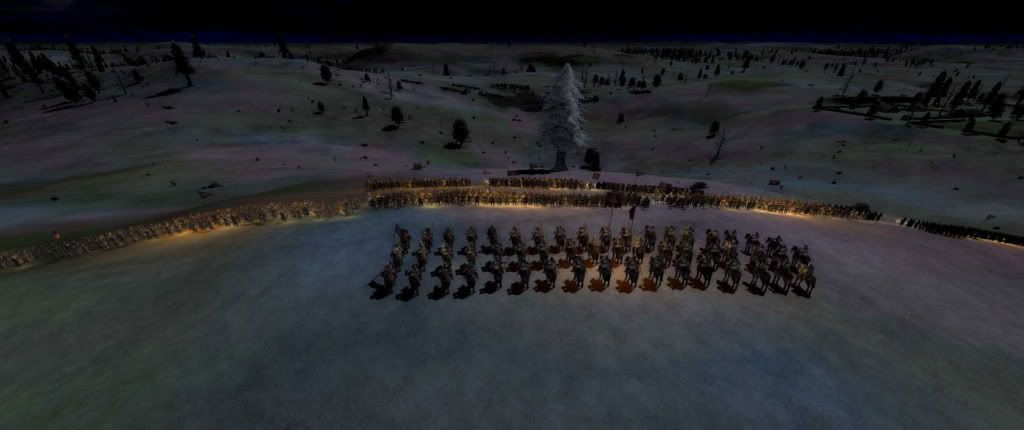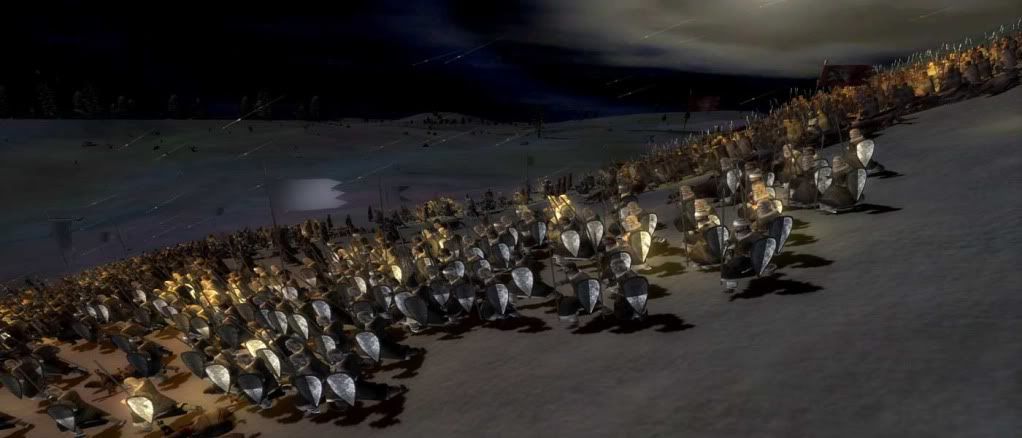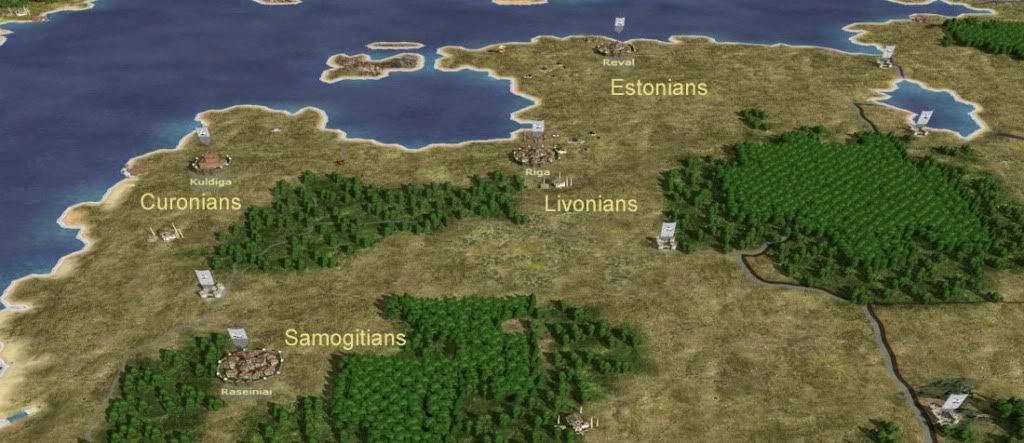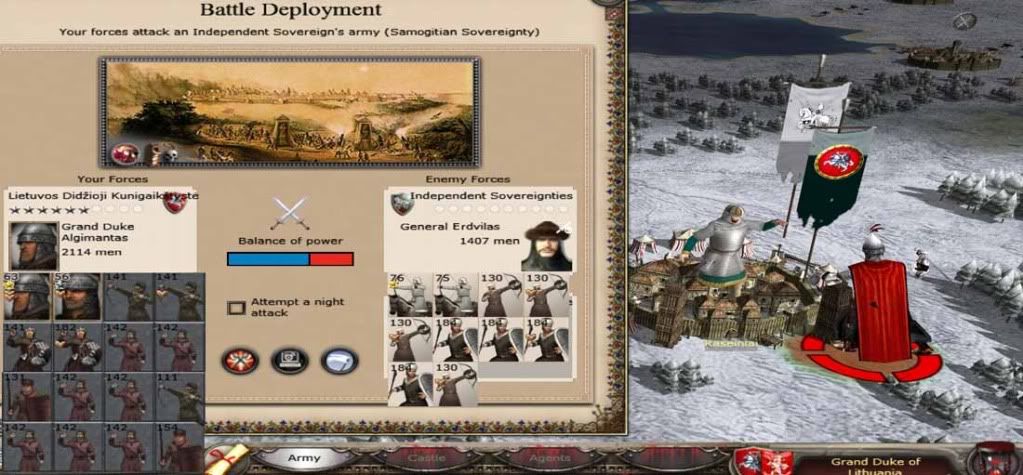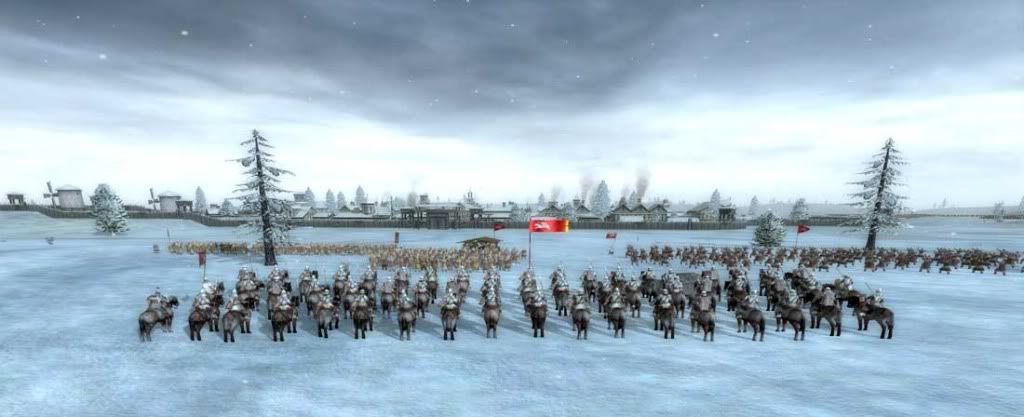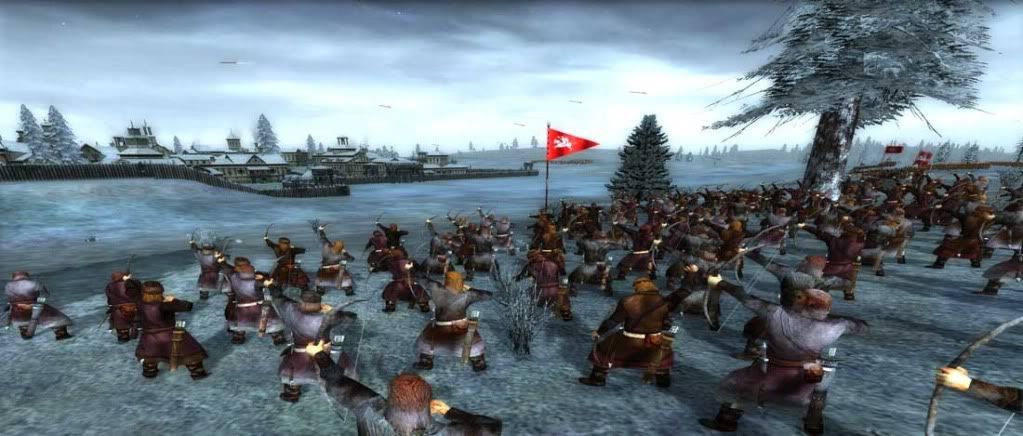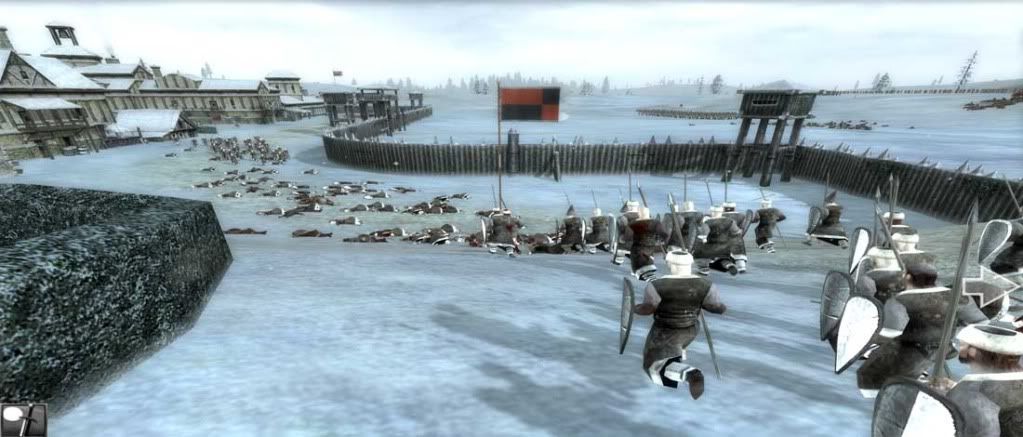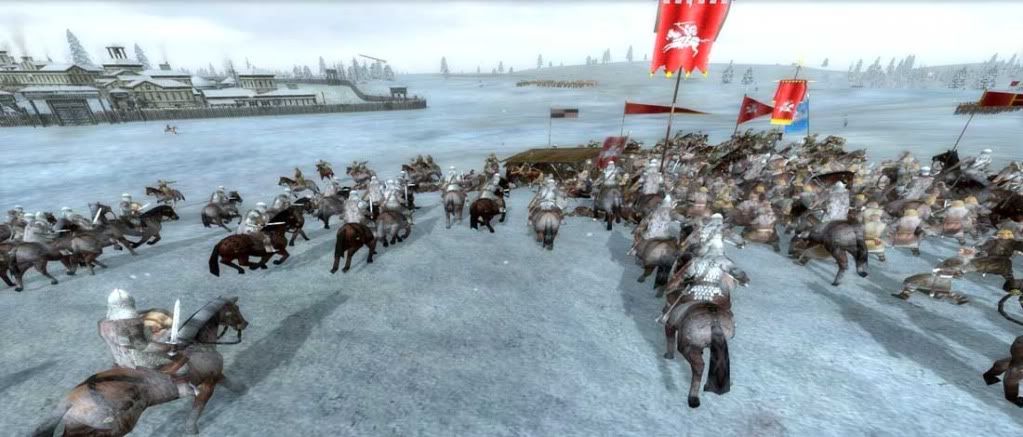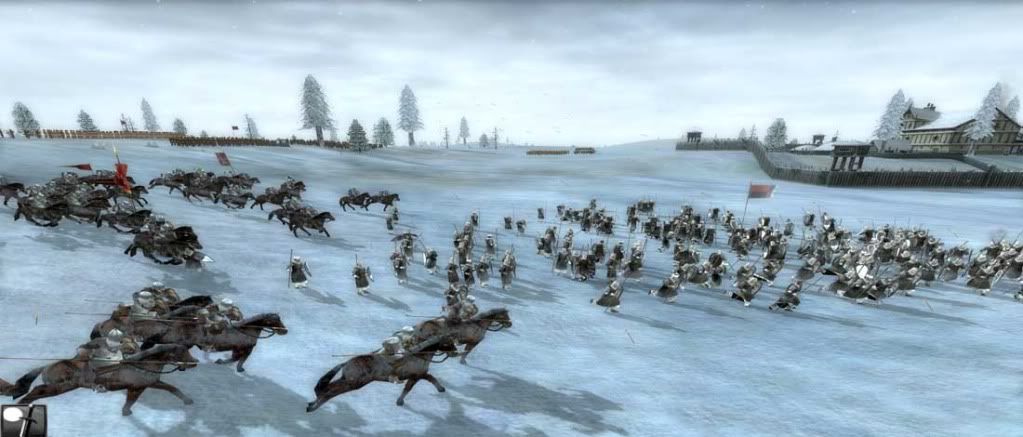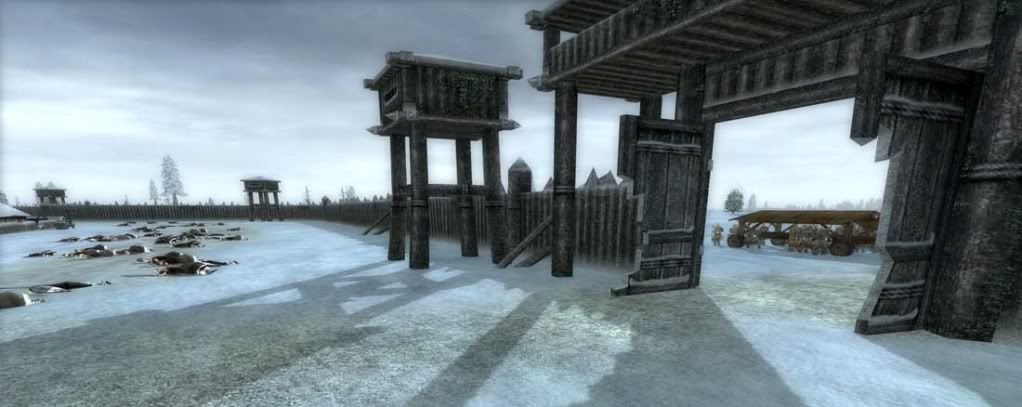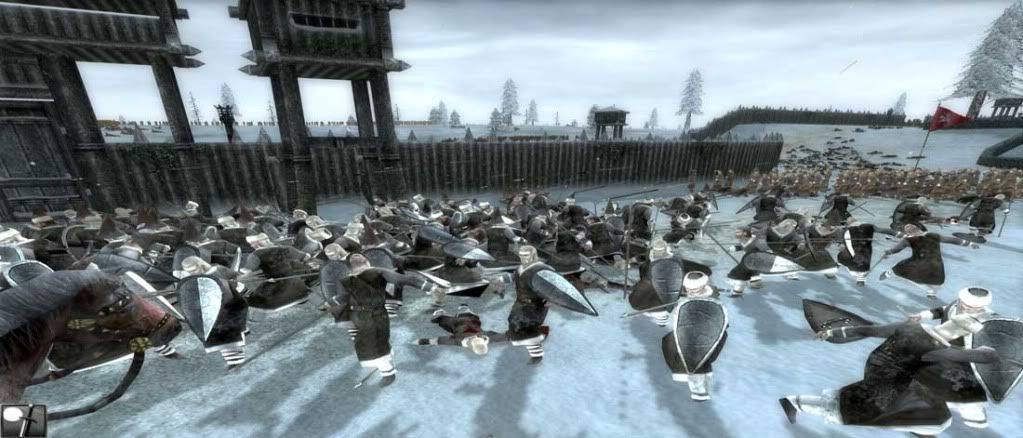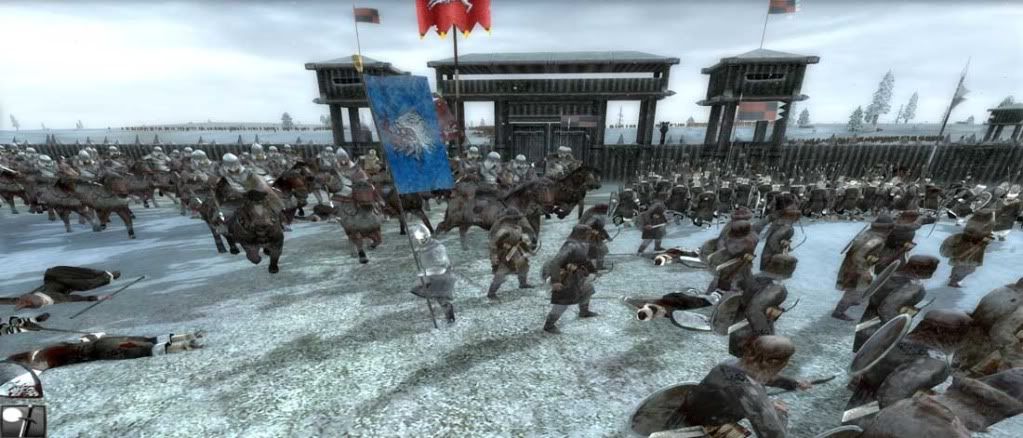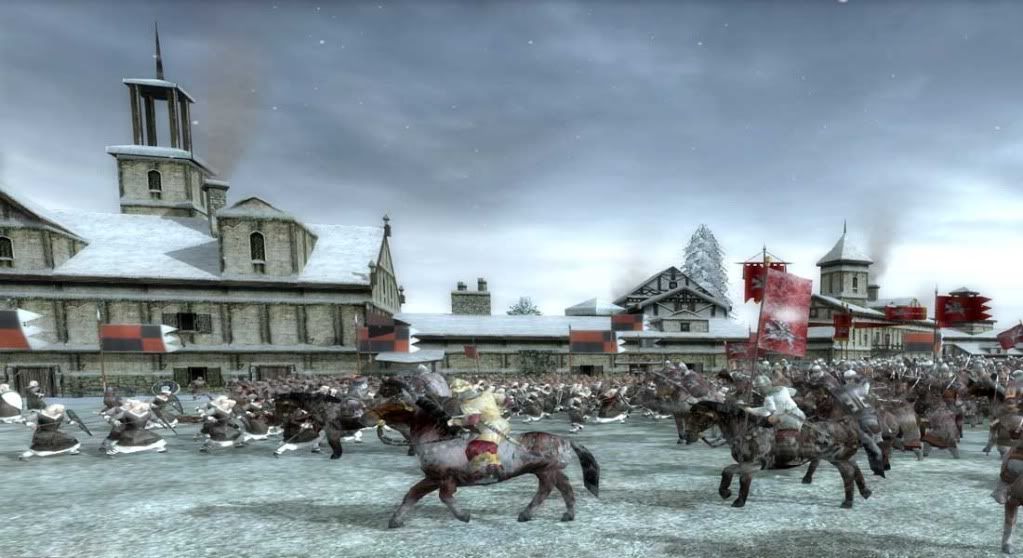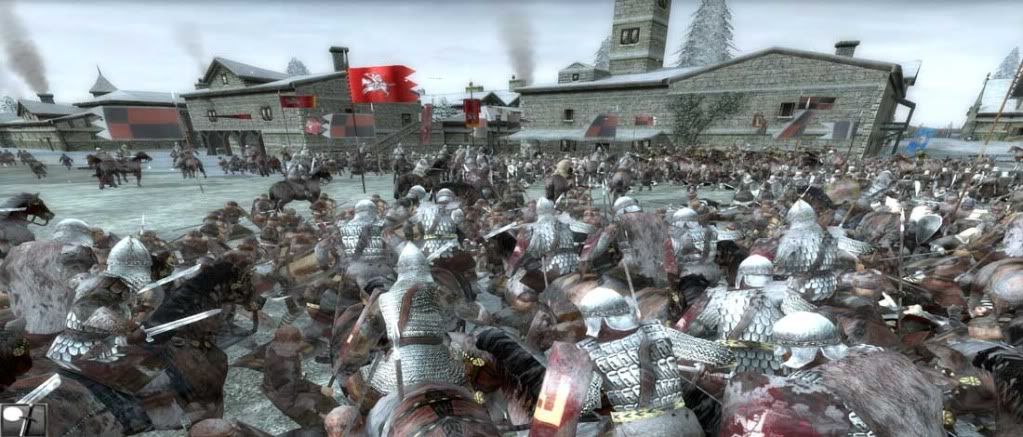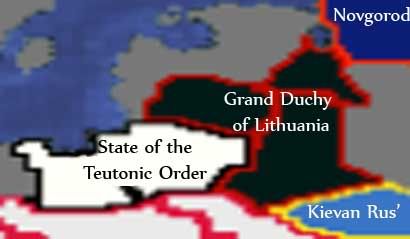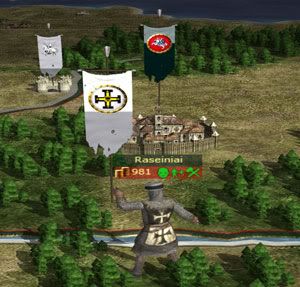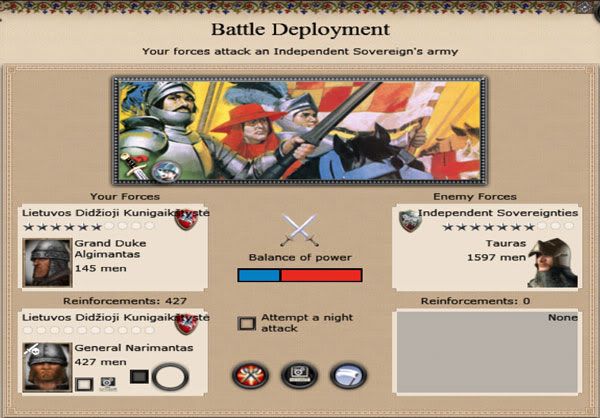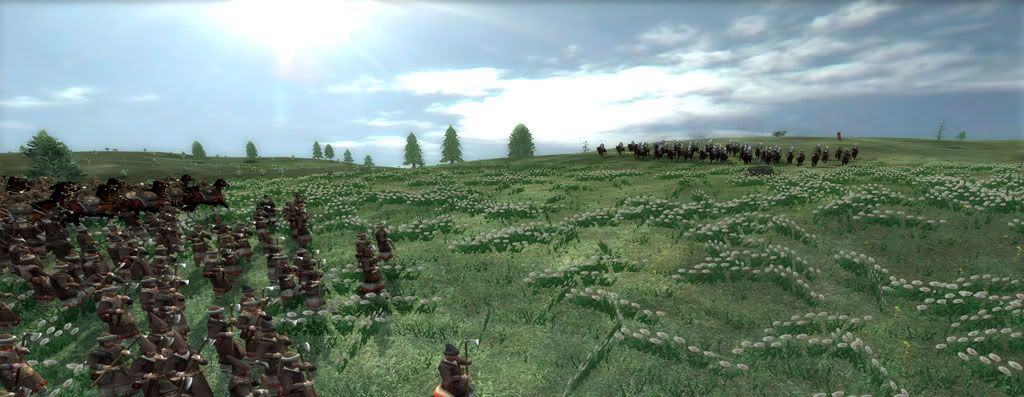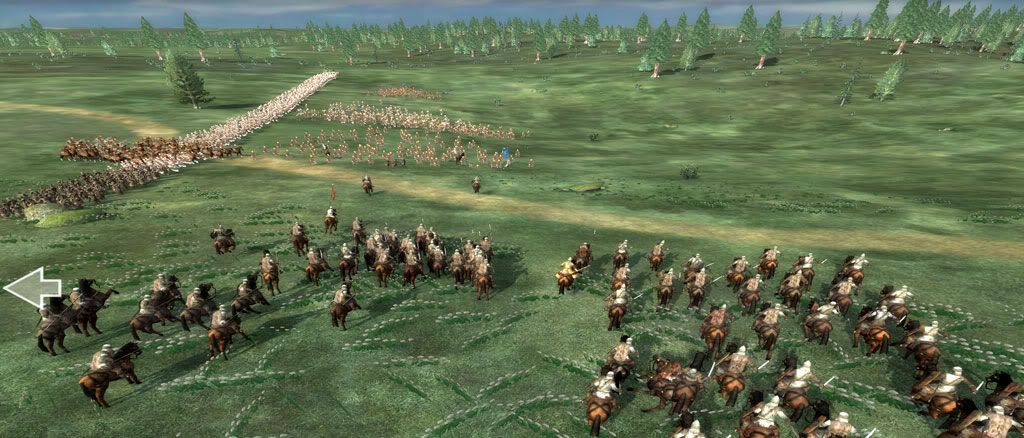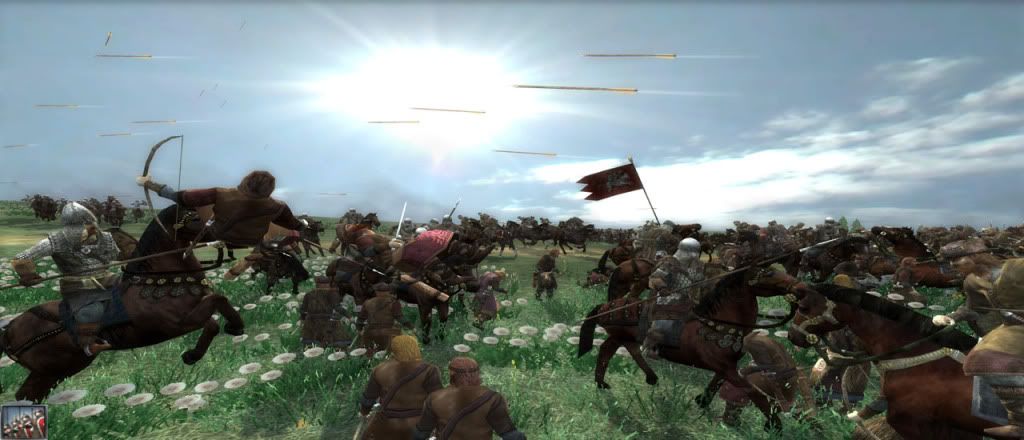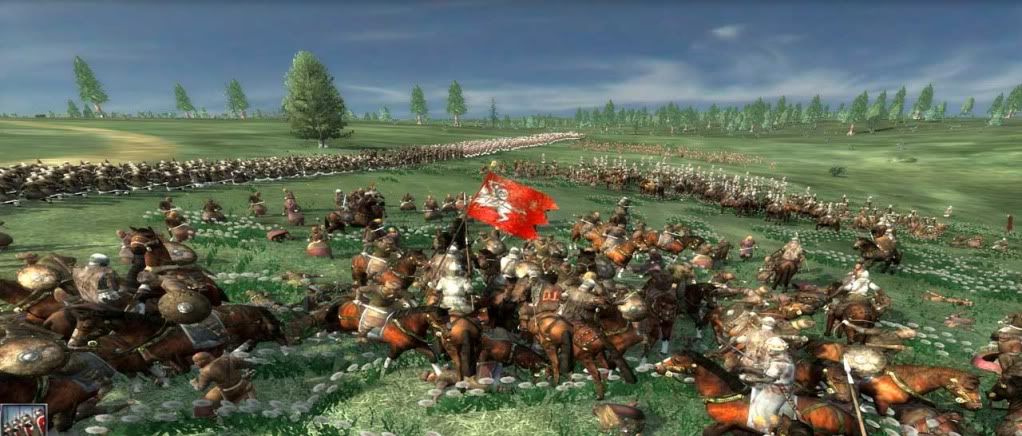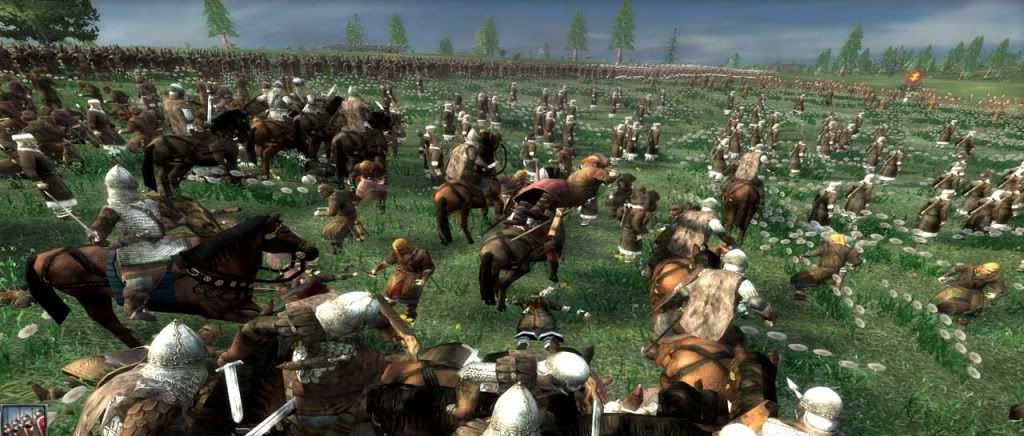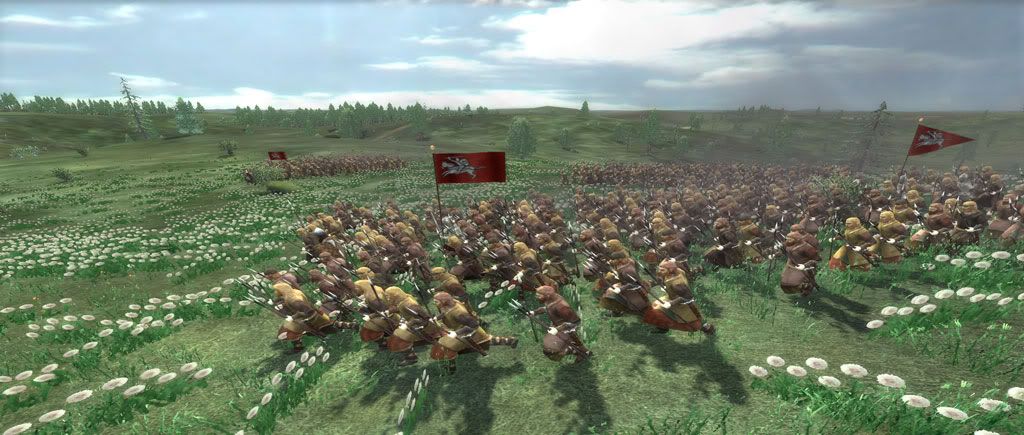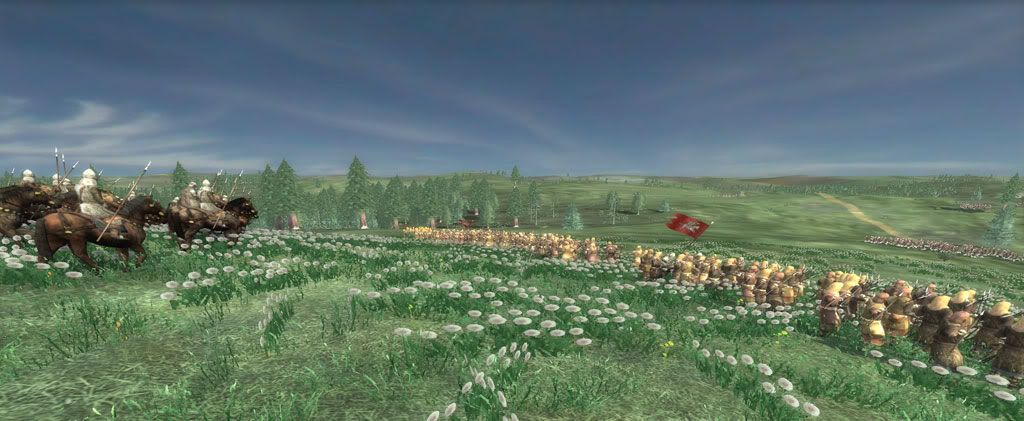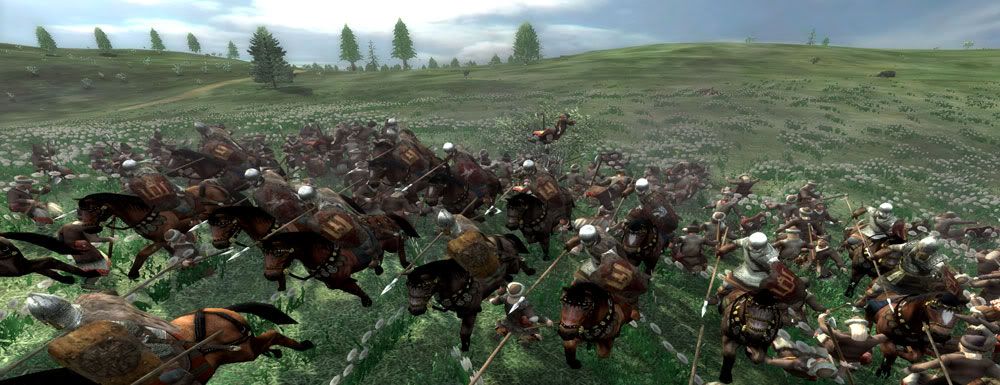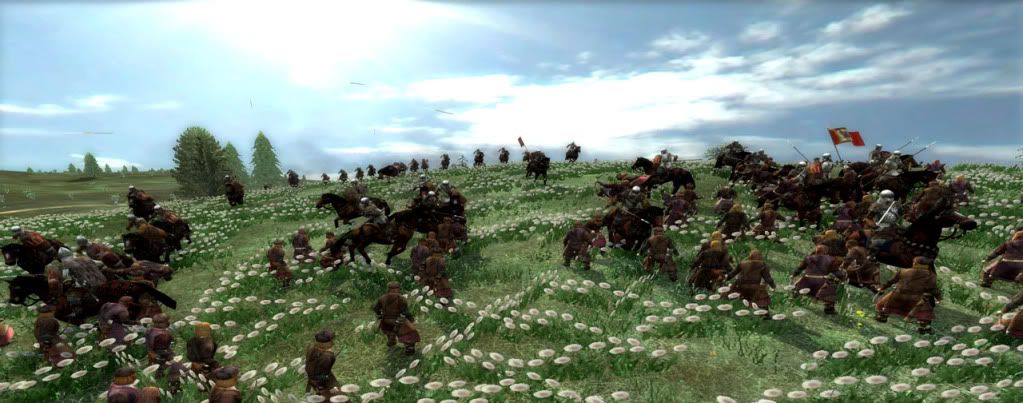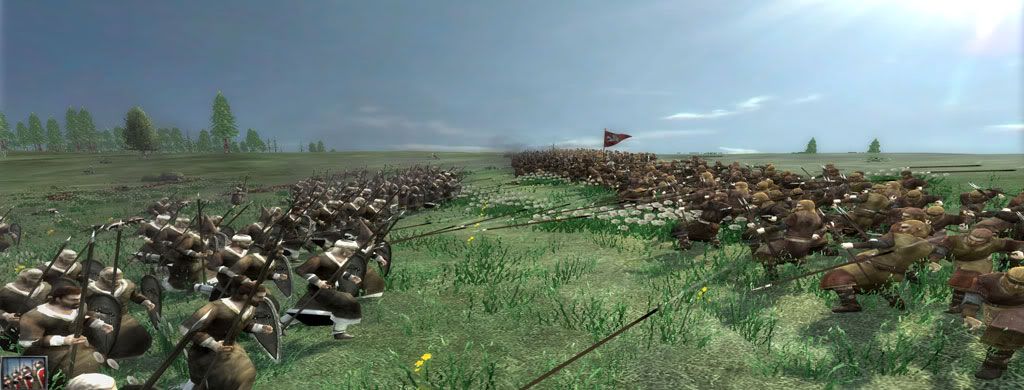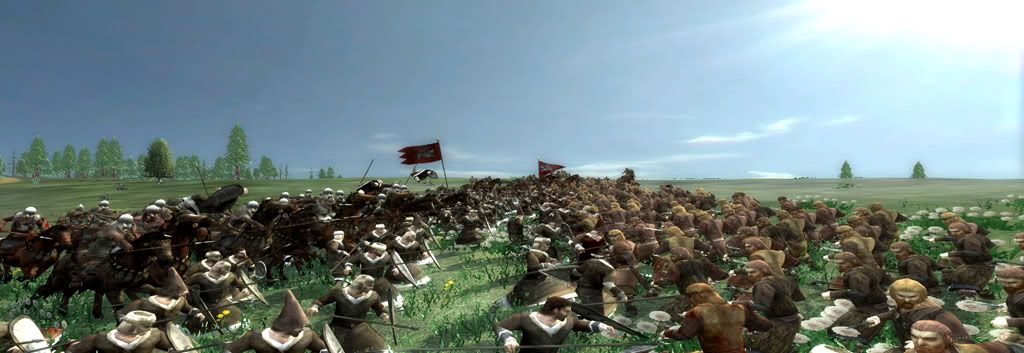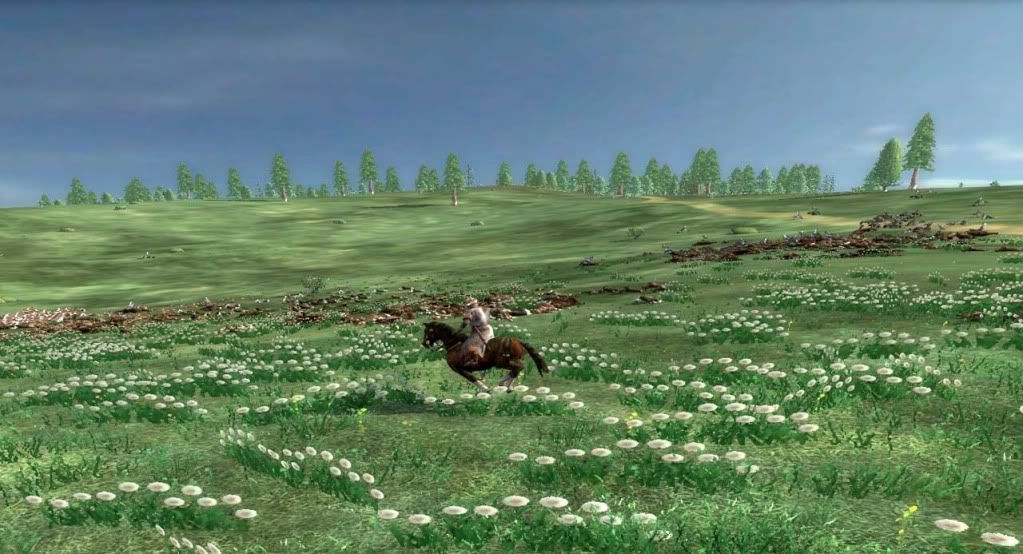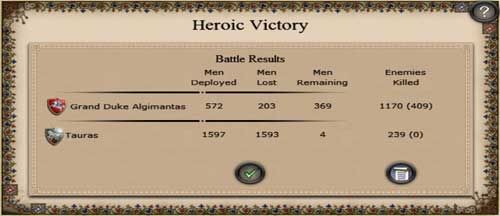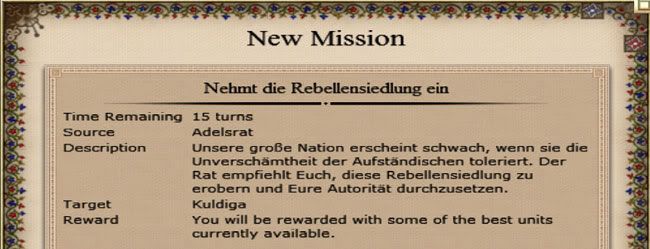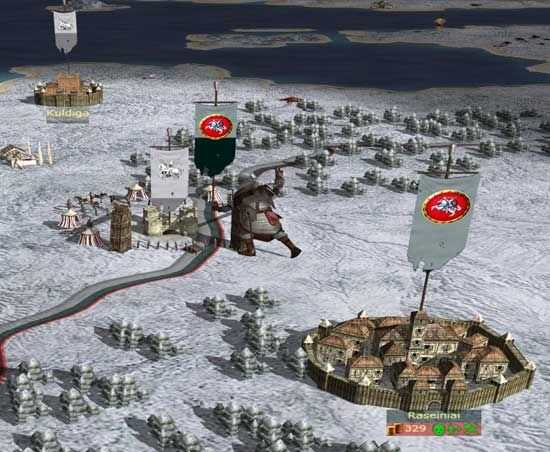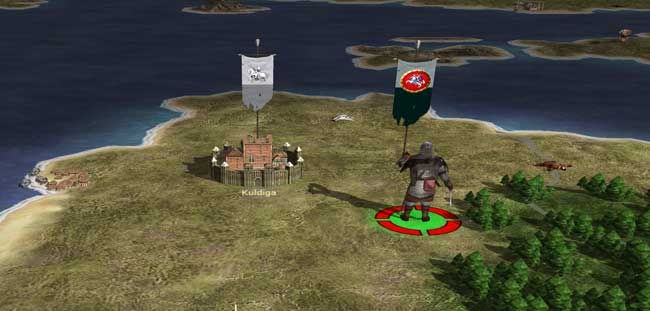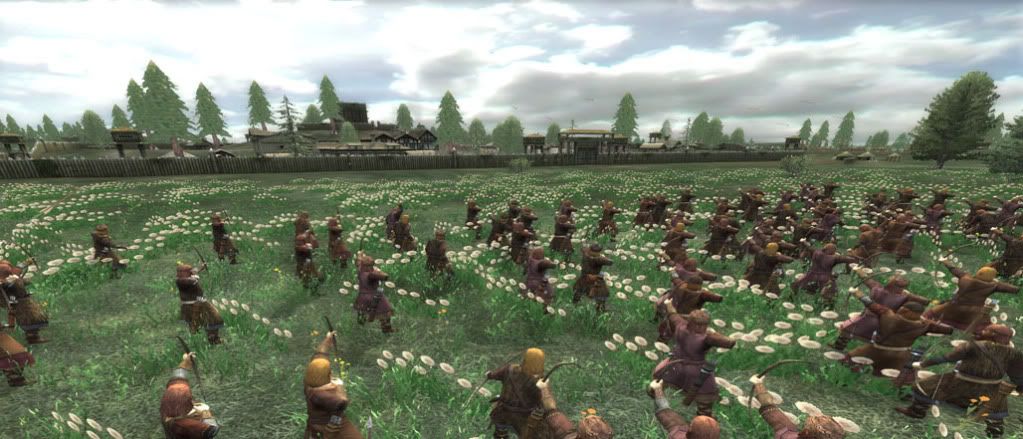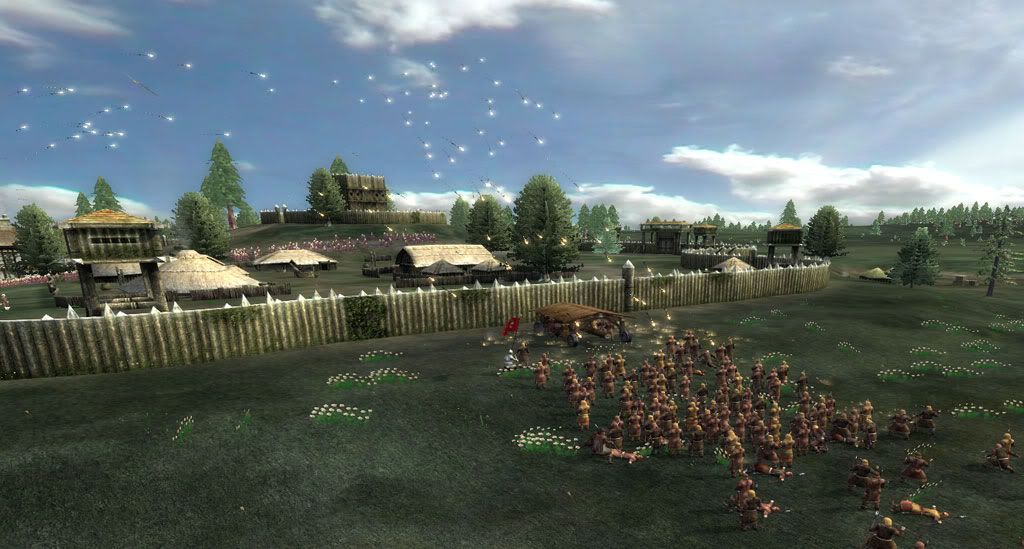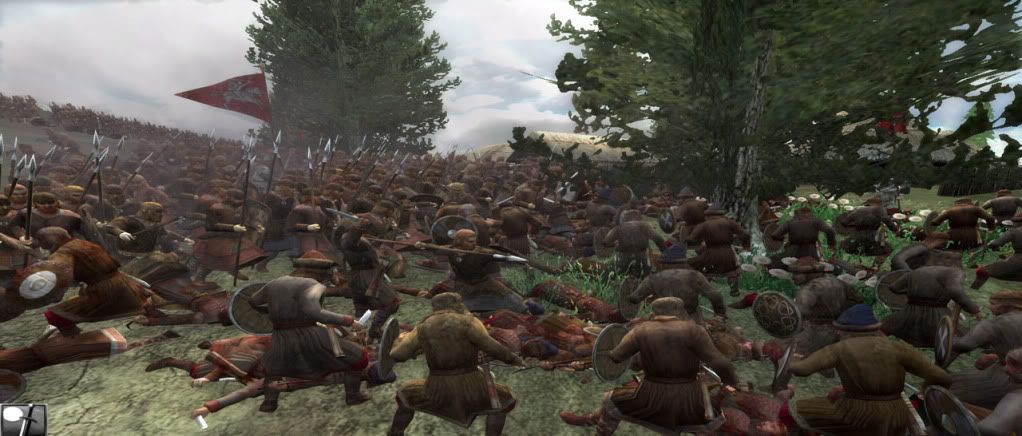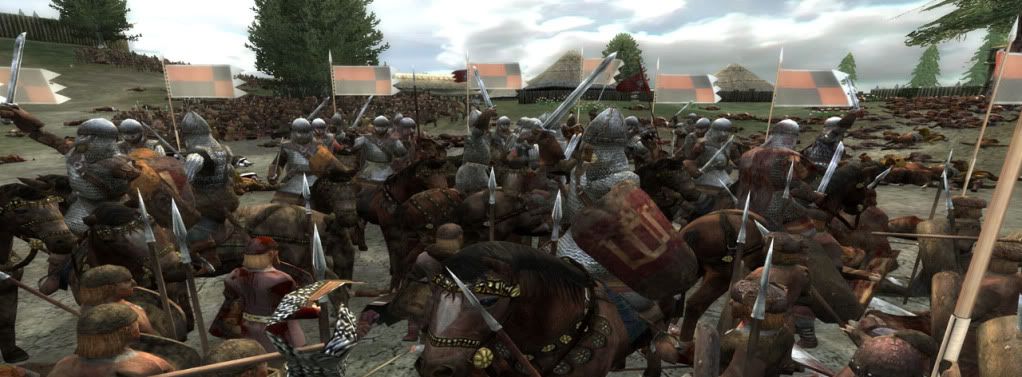Historical background
By the 12th century, the peoples inhabiting the lands now known as Estonia, Latvia and Lithuania formed a pagan wedge between increasingly powerful Christian states – Orthodox to their east and Roman Catholic to their west. The Wendish Crusade of 1147 against the Polabian Slavs set a precedent for later attacks on Baltic pagan peoples by the Christian kingdoms of Scandinavia and the Holy Roman Empire. The Poles also strove to impose their influence in the area. In 1171 Pope Alexander III declared all wars against the pagans of the north equal to the crusades to the Holy Land. The Lithuanians, one of the pagan Baltic tribes, had already begun the process of unifying themselves and around 1180 they founded the Grand Duchy of Lithuania.
STARTING SITUATION: The Grand Duchy of Lithuania in 1180
Lithuania starts with two provinces: the region around Vilnius, homeland of the Lithuanians, and the land of the Latgalians.
Settlements: Vilnius (city) and Jersika (castle)
The Grand Duchy of Lithuania borders to the north-west with the independent tribes of the Samogitians (Lowland Lithuanians) and the Livonians. Beyond Latgalia, to the north-east, are the Novgorodian lands. To the east and south east are the Principality of Polotsk and other independent East Slavic peoples. To the south-west, Lithuania borders with the Kingdom of Poland, and to the west with Prussia, once a pagan land, now occupied by the Teutonic Order.
The Grand Duchy of Lithuania and its neighbours in 1180
Family members
Grand Duke Algimantas (Faction Leader), 47 years old, in Vilnius
Duke Gytautas (Faction Heir) son of Algimantas, 27 years old
Jaunutis, second son of Algimantas, 22 years old, in Jersika
Princess Gabija, daughter of Algimantas, 18 years old
The family tree in 1180
Agents
Princess Gabija
Kastytis, a diplomat
Skolmantas, a spy
, so do not expect too much and please do not be too harsh with your criticism.




 Reply With Quote
Reply With Quote